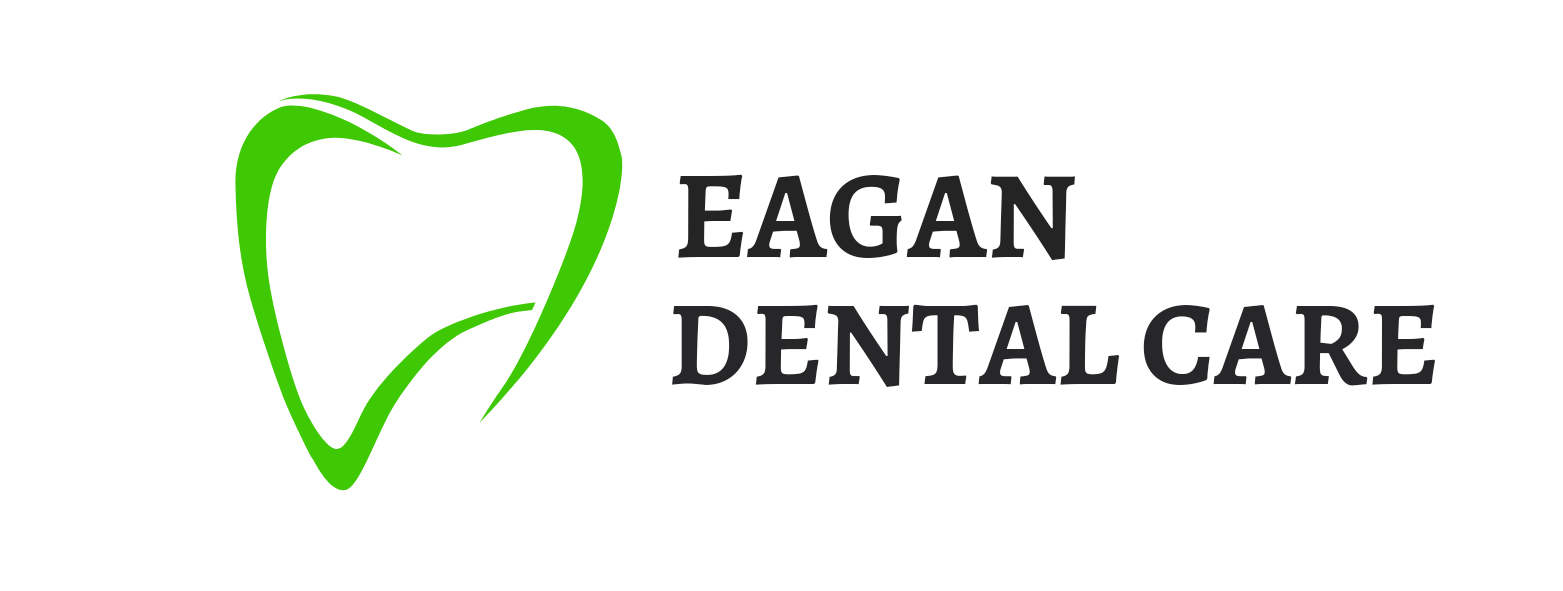Choosing the right toothbrush and toothpaste is essential for maintaining optimal oral health, a necessity that can often seem overwhelming given the multitude of options available on the market today. However, selecting the appropriate dental care products can make a significant difference in the hygiene and health of your teeth and gums. This guide will provide valuable insights into how you can make an informed decision about which toothbrush and toothpaste best suit your needs.
Understanding Toothbrush Options
When it comes to toothbrushes, there are two main categories to consider: manual and electric. Each type has its benefits and drawbacks, and understanding these can help you make the best choice.
Manual Toothbrushes
Manual toothbrushes are the classic choice for most consumers. They are widely available and come in various designs, head shapes, and handle sizes. The bristles of manual toothbrushes can range from soft to hard. It is generally recommended to opt for a toothbrush with soft bristles unless your dentist advises otherwise, as soft bristles are gentle on the gums and less likely to cause damage to the enamel.
The main advantage of a manual toothbrush is its cost-effectiveness and ease of use. While manual toothbrushes may not offer the bells and whistles of their electric counterparts, they can be every bit as effective if used correctly. It’s important to brush for at least two minutes, ensuring you reach all areas of the mouth.
Electric Toothbrushes
Electric toothbrushes have gained popularity in recent years due to their advanced features that can enhance toothbrushing effectiveness. They often come with oscillating, rotating, or vibrating brush heads that help remove plaque more efficiently than manual brushing.
The primary benefit of an electric toothbrush is that it often leads to more thorough cleaning, which is excellent for individuals who struggle to maintain proper brushing techniques. Many electric toothbrushes come with built-in timers to ensure users brush for the recommended two minutes, and some even have pressure sensors to prevent brushing too hard.
However, electric toothbrushes are generally more expensive than manual ones and require periodic charging or battery replacement. Despite the cost, investing in an electric toothbrush might be worthwhile for people with specific dental needs, such as those with braces or gum disease.
Choosing the Right Toothpaste
Selecting toothpaste involves considering factors such as dental health needs, flavor preferences, and specific oral health concerns. Toothpastes are made with various goals in mind, such as whitening, sensitivity reduction, or cavity prevention, to name a few.
Fluoride Toothpaste
Fluoride is a natural mineral that helps strengthen tooth enamel and prevent cavities. For most people, fluoride toothpaste is a crucial component of their oral hygiene routine. It helps remineralize weak spots in tooth enamel and provides a level of protection against decay.
Dentists recommend using toothpaste containing fluoride for its proven effectiveness in maintaining dental health. However, individuals with fluoride sensitivities or allergies should seek alternatives and consult their dentist for appropriate options.
Whitening Toothpaste
Whitening toothpaste is designed to help remove surface stains and improve the appearance of your teeth. These toothpastes usually contain mild abrasives or chemical agents like hydrogen peroxide to facilitate stain removal.
While whitening toothpaste can enhance the brightness of your smile, it’s important to note that it may not be suitable for everyone. Users with sensitive teeth might find some whitening agents irritating. Therefore, it’s essential to select a product that balances whitening effects with comfort and safety.
Toothpaste for Sensitive Teeth
Sensitivity toothpaste is formulated to address the pain associated with tooth sensitivity. This condition can occur due to worn enamel, exposed dentin, or receding gums, allowing hot, cold, or sweet substances to reach nerve endings within the teeth.
Toothpaste for sensitive teeth often contains compounds like potassium nitrate or strontium chloride, which block pain signals from nerves in the teeth to reduce discomfort. When dealing with sensitivity, it’s vital to select a toothpaste specifically designed for such conditions to ensure effective relief without exacerbating the issue.
Tailoring Your Dental Care Tools to Specific Needs
Choosing the right toothbrush and toothpaste goes beyond the general benefits of various types; it also involves considering personal needs and specific dental conditions.
Individuals with orthodontic appliances, for example, may require special toothbrushes designed to clean around brackets and wires effectively. Toothpaste with additional antibacterial properties might also be beneficial for preventive care.
Moreover, individuals with gum disease should prioritize oral hygiene products that focus on improving gum health. This may include electric toothbrushes with specialized brush heads and toothpaste containing compounds known to reduce inflammation and bacterial buildup.
Lastly, always consider the advice of your dentist or dental hygienist. They can offer personalized recommendations based on your unique oral health status, ensuring you choose products that align with your dental goals and lifestyle needs.
Selecting the right toothbrush and toothpaste is a key component of maintaining oral health. By understanding the benefits and limitations of different types of toothbrushes and toothpastes, you can make informed decisions that cater to your specific needs. Remember that your dental health is an integral part of your overall well-being, and investing in the right tools is a step toward ensuring a healthy, confident smile. Don’t forget to maintain regular dental check-ups and updates with your dental care provider to further personalize and optimize your oral hygiene routine.
